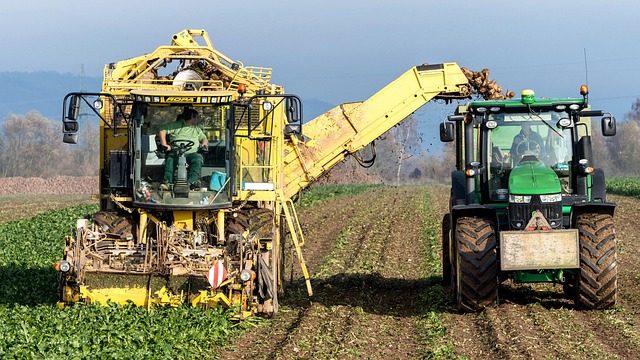Mastering Parameter Optimization: The Key to Streamlining Automation Processes
In today’s fast-paced world, where efficiency and precision are paramount, understanding the nuances of parameter optimization can be a game changer in the realm of automation. Many industries strive for seamless operations, but the pathway to achieving this is fraught with challenges that often stem from poorly optimized parameters. The good news? With the right strategies and insights, you can master this essential skill and unlock a new level of effectiveness in your automation processes.
What is Parameter Optimization?
At its core, parameter optimization involves fine-tuning the settings within an automation framework to ensure the most efficient and effective performance. This can include anything from adjusting thresholds in machine learning models to calibrating settings in robotic processes. The objective is clear: to achieve the desired outcomes without unnecessary waste of resources or time.
The Importance of Parameter Optimization in Automation
Imagine investing significant time and resources into automating a process, only to watch it falter because of misconfigured parameters. This scenario is all too common in automation projects, leading to frustration and stalled progress. By taking the time to focus on parameter optimization, you can mitigate these risks and foster an environment where automation not only meets but exceeds expectations.
Practical Steps for Effective Parameter Optimization
The journey towards mastering parameter optimization may seem complex, but it can be broken down into manageable steps:
- Data Analysis: Begin by understanding the data that drives your automation. Analyzing historical performance can highlight areas in need of adjustment.
- Experimentation: Don’t hesitate to run trials with different parameter settings. Use A/B testing or similar methodologies to see what delivers the best results.
- Monitoring and Feedback: Keep a close eye on the outcomes. Set up a feedback loop to continuously assess how changes impact performance.
- Iterate: Optimization is an ongoing process. Regularly revisit your parameters and adjust them based on new insights and data.
Real-World Applications of Parameter Optimization
From autonomous vehicles to industrial automation systems, the principles of parameter optimization are at play everywhere. In manufacturing, optimized parameters lead to reduced waste and increased throughput. In software development, precise tuning can enhance application performance and responsiveness. By harnessing the power of parameter optimization, companies can achieve significant advancements in operational efficiency and output quality.




